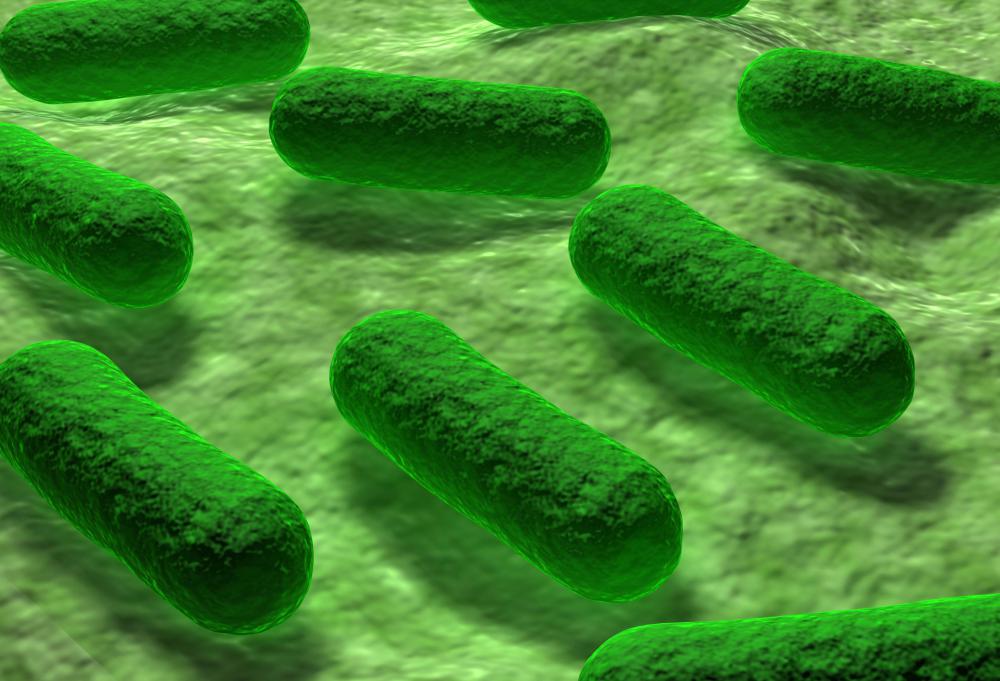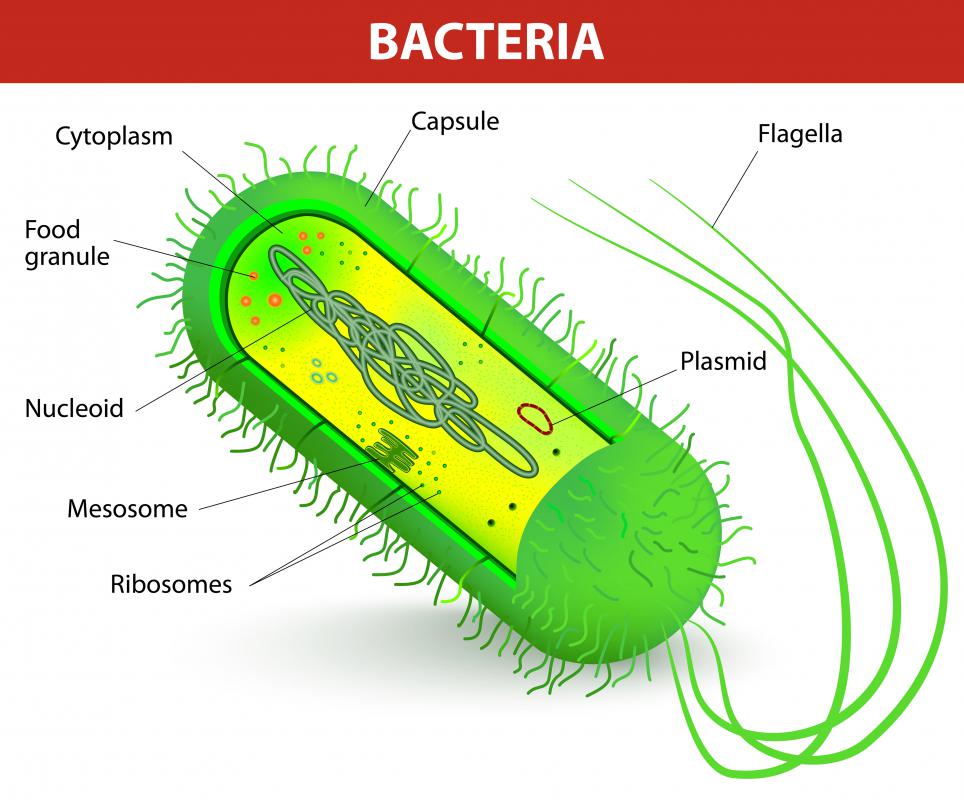At WiseGEEK, we're committed to delivering accurate, trustworthy information. Our expert-authored content is rigorously fact-checked and sourced from credible authorities. Discover how we uphold the highest standards in providing you with reliable knowledge.
What is the Purpose of Endotoxin Removal?
Endotoxin is a common contaminant of medical products that derives from bacteria. The presence of endotoxin can come from intrinsic components of the manufacturing process or from accidental contamination of the product. Endotoxin can cause endotoxic — or septic — shock, tissue injury and even death. Endotoxin removal prior to approving the drug for release is therefore necessary to avoid causing illness in the recipient of a drug.
Endotoxin contamination occurs when a certain group of bacteria, called Gram negative bacteria, are present, or have been present, in the manufacturing process. With bacteria generally split into two groups, Gram negative and Gram positive, Gram negative bacteria are extremely common. The Gram negative designation derives from the appearance of the bacteria after a specific staining process, called a Gram stain, has been performed. Endotoxin is present in all Gram negative bacteria, regardless of whether they cause disease.

The outer part of a Gram negative bacterium contains lipopolysaccharides (LPS) that are used for structural stability. Endotoxin refers to this LPS part of the bacterium. For example, an E. coli cell contains about 2 million LPS molecules. LPS is not just present in the cells of living or dead bacteria, but are also continuously released into the environment. The release happens during growth and division of the bacterium and when the cell dies.

The LPS molecule has an indirectly deleterious effect on the body. The endotoxin interacts with the immune system through binding with cells in the blood called macrophages and monocytes. This binding causes an inflammatory response by releasing factors such as interleukin-6, interleukin-1 and tumor necrosis factor. This inflammatory response leads to fever and, sometimes, endotoxic shock and death.

These dangerous effects occur either with a single high dose of endotoxin or with repeated lower levels of exposure. A dose of 1 nanogram of LPS per milliliter of product can invoke an endotoxic reaction in mammals when the product is injected intravenously. People with illnesses such as AIDS, leukemia or diabetes are especially at risk for endotoxic shock.

Genetically engineered Gram negative bacteria are regularly used in the production of biologically active proteins and peptides. The presence of the LPS molecules in both the producing cells and the surrounding culture means the product requires purification and endotoxin removal. Lipopolysaccharide is a very stable molecule compared to proteins, resisting extreme pH and temperatures, so endotoxin removal necessitates complex removal techniques. Manufacturers, therefore, use methods such as ion-exchange chromatography, ultrafiltration and membrane-based chromatography for endotoxin removal or reduction to an acceptable level.
AS FEATURED ON:
AS FEATURED ON:















Discuss this Article
Post your comments